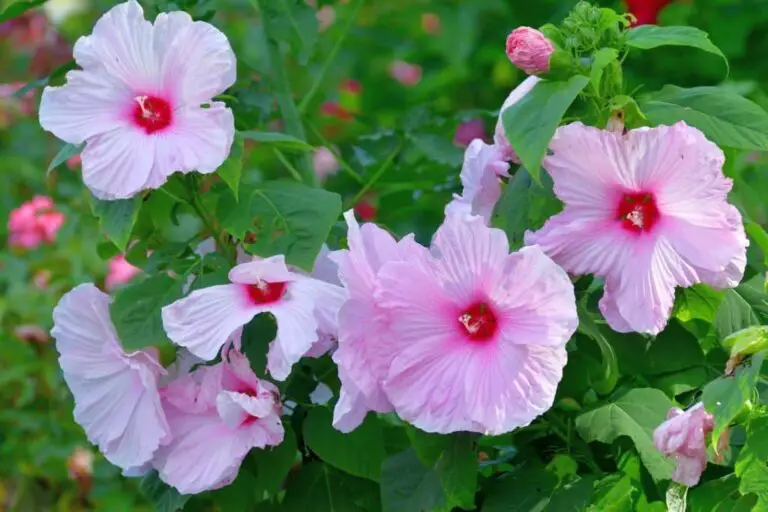10 Plants That Look Like Rosemary And Their Uses (With Pictures)
If you’re a fan of the piney aroma of rosemary, you might be surprised to learn that there are several plants that share similar characteristics and uses. In this article, we’ll explore 10 plants that resemble rosemary in appearance or scent, along with their potential applications. As we delve into the world of these plants, we’ll also provide links to additional resources for those looking to further their knowledge. So, let’s get started!
Rosemary is a distinct plant, but its relatives and lookalikes can be quite fascinating. Some may have similar fragrances or uses, while others might boast unique features that set them apart. We’ll cover everything from what makes rosemary unique to how to distinguish it from thyme.
Then, we’ll jump into the list of plants that share similarities with rosemary, including American Pennyroyal, Canadian Horseweed, Curry Plant, Dog Fennel, Lavender, Narrowleaf Mountain Mint, Rough False Pennyroyal, Russian Sage, and Sagebrush.
What does a rosemary plant look like?
Rosemary plants exhibit a range of appearances based on their specific variety, yet they all share distinctive characteristics such as narrow, linear leaves and small, delicate flowers in shades of blue, purple, or white. Originating from the Mediterranean region, these evergreen shrubs thrive in conditions that provide full sun and well-drained soil, allowing them to grow up to four feet tall and wide.
What plants are related to rosemary?
Rosemary’s botanical profile is reminiscent of its mint family contemporaries – basil, oregano, and sage – sharing similar characteristics such as square stems and opposite leaves. The evergreen foliage emits a fragrant aroma, while the small, white flowers are a subtle yet attractive addition to the plant’s overall appearance. This herb’s native habitat is the Mediterranean region, with Greece thought to be its place of origin.
With a rich history dating back to ancient times, rosemary has been employed in traditional medicine for centuries, and continues to be used today for its medicinal properties. Moreover, it’s a staple ingredient in Mediterranean cuisine, adding depth and complexity to various dishes.
How do I identify a rosemary plant?
To confirm the identity of a rosemary plant, start by inspecting its appearance. One distinct feature is the small, blue flowers that typically bloom along its stems. Another giveaway is the pungent aroma emitted by true rosemary plants. If you suspect you’ve found a rosemary, bring your nose closer to take a whiff – if it’s the real deal, you should detect that unmistakable scent. Finally, examine the leaves: rosemary’s needle-like foliage usually has a dark green hue.
If all these characteristics align, then it’s likely you’re gazing at a rosemary plant.
How can you tell rosemary from thyme?
While it’s undeniable that both herbs are flavorful, rosemary stands out with a far more intense taste profile compared to thyme. This disparity can be attributed to the fact that rosemary belongs to the mint family, whereas thyme does not. As a result, rosemary naturally contains a higher concentration of volatile oils than its thyme counterpart. It’s these very oils that impart rosemary’s distinctive pungency and set it apart from thyme’s more subtle flavor.
Plants That Look Like Rosemary and Their Uses
American Pennyroyal (Hedeoma pulegioides).
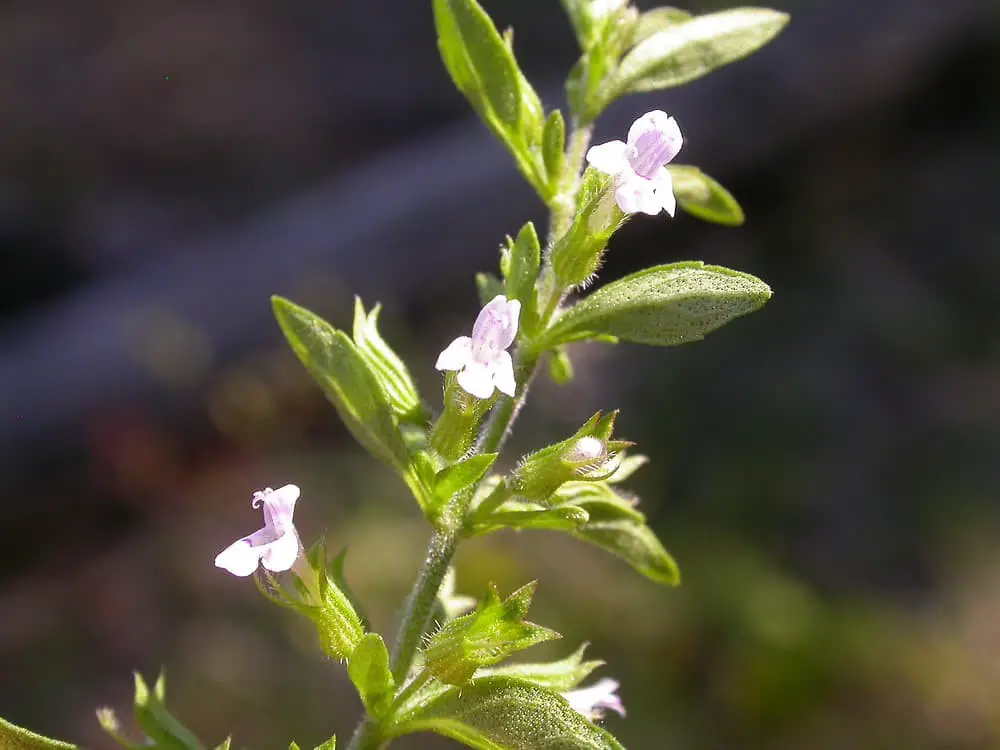
Spanning a vast region from Connecticut to North Carolina, and further west to Texas and Oklahoma, the American Pennyroyal plant can be found thriving in woods, fields, and along roadsides. This small perennial herb boasts stunning blue or violet flowers that bloom in late summer, adding a pop of color to its surroundings. Notably, its leaves are simple, egg-shaped with serrated margins, and arranged oppositely on the stem.
One distinguishing feature of this mint family member is its square stem, setting it apart from other plants in the same family. The plant’s name, American Pennyroyal, is derived from the Latin word ‘pulicaria’, which refers to its historical use as a flea repellent. However, it’s essential to note that the essential oil extracted from this plant should only be used topically or for aromatherapy purposes and not ingested internally.
Canadian Horseweed (Conyza canadensis).
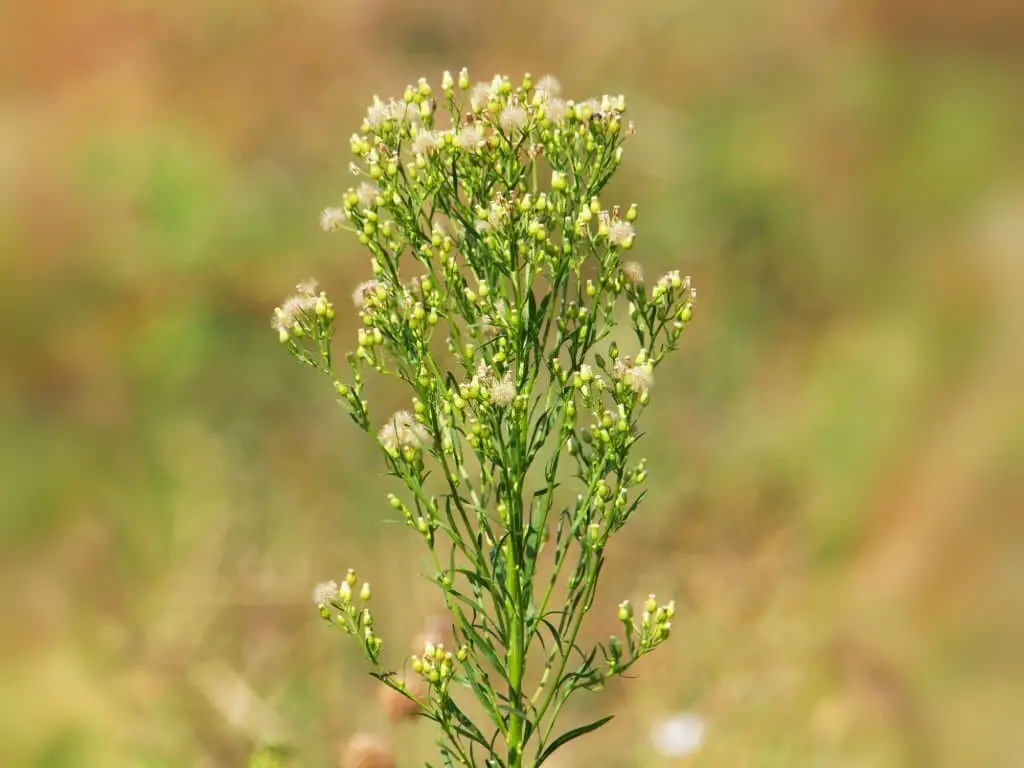
A versatile plant with numerous applications, Canadian horseweed bears a striking resemblance to rosemary. One of its most notable benefits lies in its ability to combat common ailments such as colds, flu, and fevers through the consumption of its leaves as a tea. This same tea can also be utilized as a gargle for soothing sore throats. Additionally, Canadian horseweed has been found effective in alleviating indigestion and stomach discomfort.
Furthermore, the plant’s leaves can be employed to create a poultice that accelerates the healing process for wounds and bruises. As such, Canadian horseweed is an excellent addition to any garden, offering a multitude of uses and benefits.
Curry Plant (Helichrysum Italicum).
The Curry Plant (Helichrysum Italicum) is a perennial evergreen shrub that hails from the Mediterranean region, where it’s commonly utilized as a culinary herb. Its aromatic leaves possess a distinctive curry aroma and flavor, making them suitable for use in both fresh and dried forms. This compact plant grows to a height of approximately two feet, adorned with small, bright yellow flowers. It thrives in full sun and well-drained soil conditions.
The versatility of Curry Plant is reflected in its various uses – it can be incorporated into an array of dishes, including curries, soups, stews, sauces, as well as dry rubs and spice blends. To maximize flavor, the leaves are often added just before serving, whether used fresh or dried.
Dog Fennel (Eupatorium capillifolium).
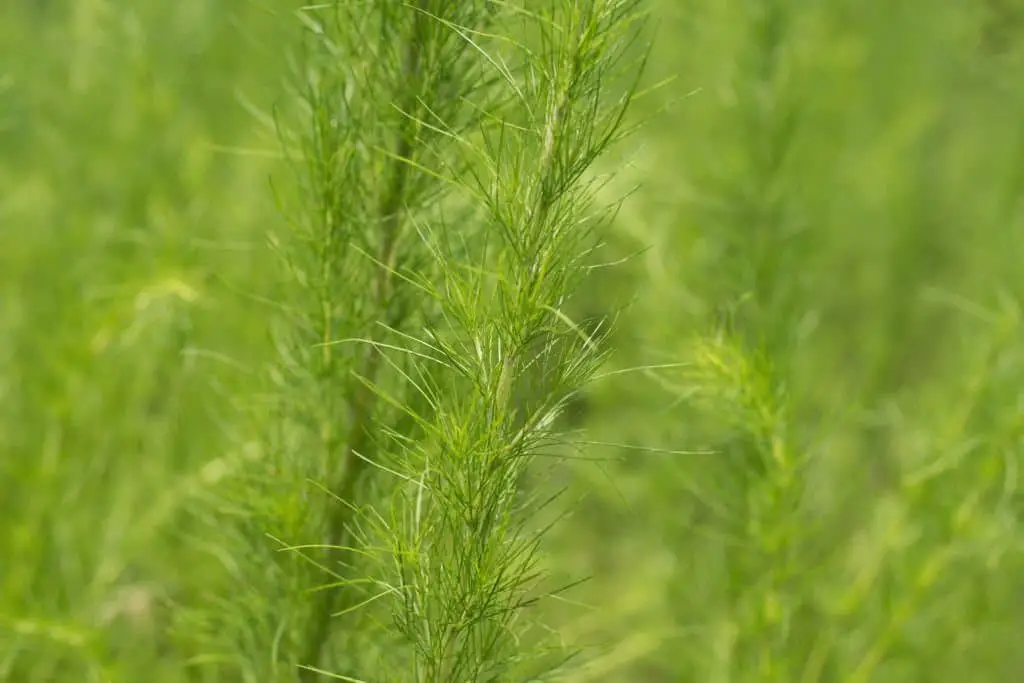
Dog fennel, a member of the aster family, shares a close relationship with boneset and Joe-Pye weed. This perennial plant thrives in open woods, fields, and roadsides across the eastern United States. Its fern-like leaves, reminiscent of canine foliage, give rise to its common name. The leaves have been traditionally used to brew a tea touted for its effectiveness in alleviating colds and flu symptoms. Furthermore, the same leaf material can be employed as a compress to treat wounds and bruises.
Additionally, dog fennel is said to possess insect-repellent properties, allowing it to serve as a natural insecticide. Standing tall at heights of up to six feet, this erect plant boasts alternate lance-shaped leaves with serrated margins, covered in fine hairs that release a strong aroma when crushed.
Lavender (Lavender Angustifolia).
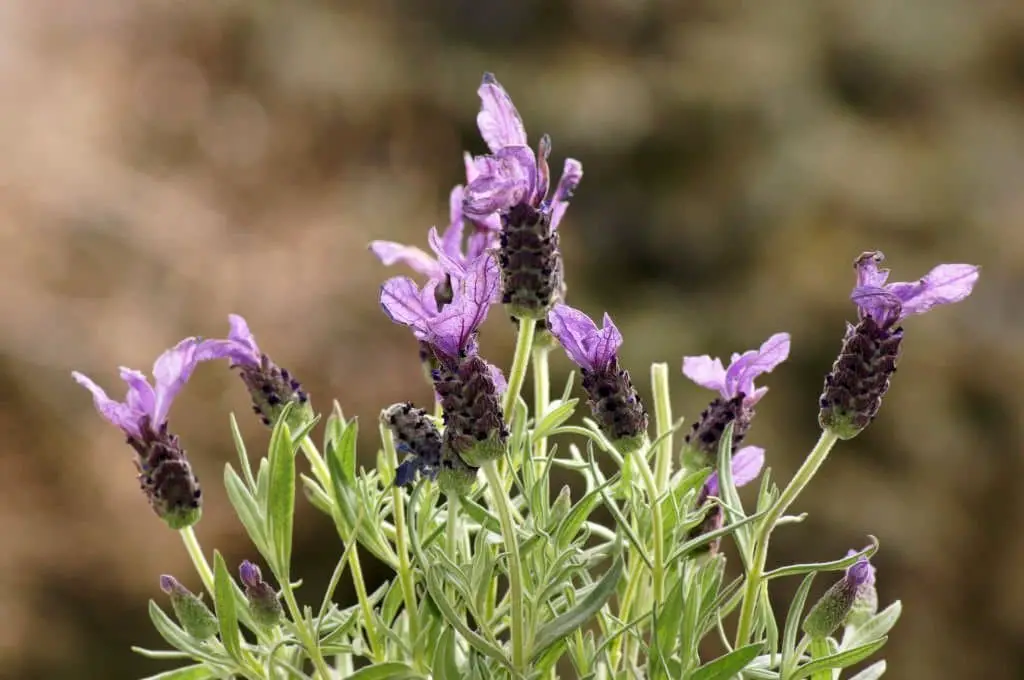
Lavender, a member of the mint family, is native to Europe, Africa, and Asia. Its long history of use in herbalism and aromatherapy has earned it a special place among natural remedies. The plant’s flowers and oil are the stars of the show, with its tea being touted for its calming properties. But lavender’s uses don’t stop there – it’s also a popular ingredient in potpourris and sachets, adding a touch of elegance to any room.
Whether you’re looking to soothe your senses or simply add some visual interest to your space, lavender is definitely worth considering.
Narrowleaf Mountain Mint (Pycnanthemum tenuifolium).
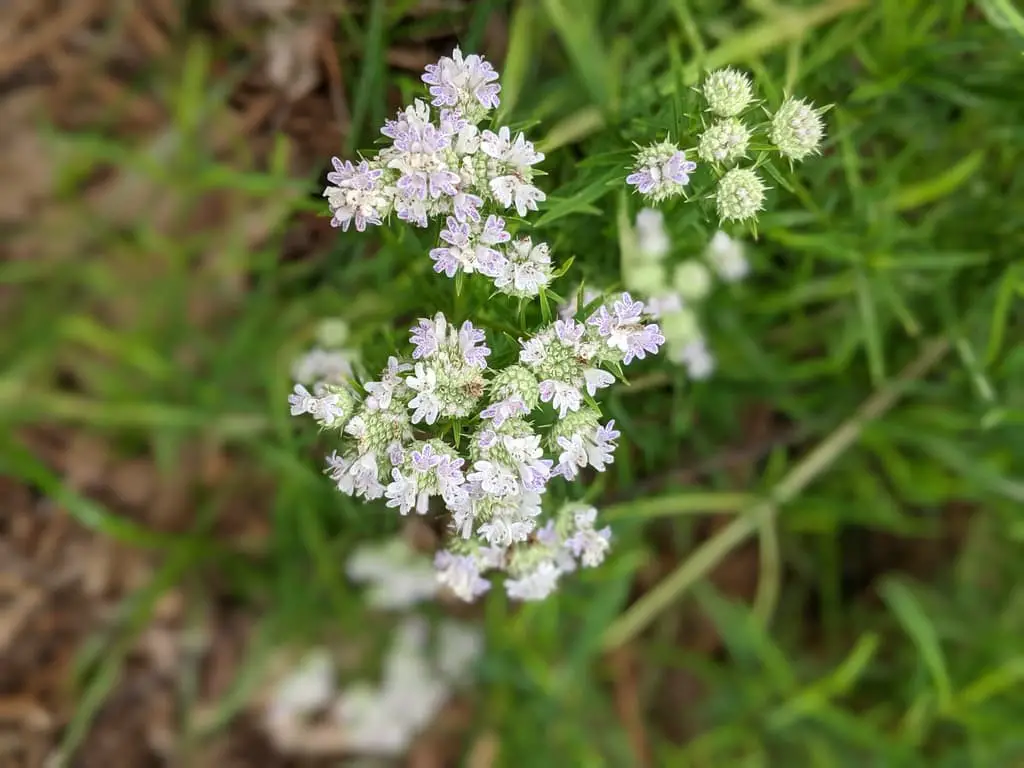
Narrowleaf Mountain Mint, also known as American White Pond-lily, Flat-Topped White Aster, and Smooth Blue Aster, is a perennial herb that thrives up to two feet tall. Its blooming period spans from July to September, during which time it produces white flowers adorned with purple or blue centers. The leaves of this plant are lance-shaped and boast a refreshing minty aroma.
Native to North America, Narrowleaf Mountain Mint can be found in woodland settings, meadows, and areas with standing water. Its versatility extends beyond its native habitat, as it can be utilized fresh or dried for teas, potpourri, sachets, and relaxing herbal baths. Notably, the plant is believed to possess calming properties, making it a potential remedy for stress and tension headaches.
Moreover, Narrowleaf Mountain Mint’s leaves can be used in culinary creations, such as homemade pesto or adding flavor to roasted potatoes.
Rough False Pennyroyal (Hedeoma hispida).
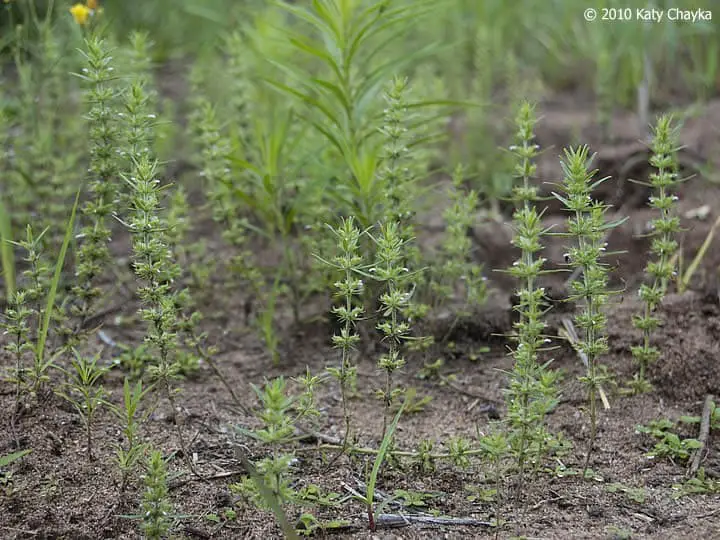
In the mint family, rough false pennyroyal thrives in the eastern United States and Canada. Its tiny white flowers bloom in summer, a sight often overlooked but full of character. The leaves are notable for their opposite arrangement on the stem and fine, hairy texture, bearing a striking resemblance to true pennyroyal (Mentha pulegium). This botanical connection has earned rough false pennyroyal its name. Beyond its visual appeal, this perennial herb holds medicinal value.
In folk traditions, it’s brewed into tea to treat common ailments like colds, flu, and stomach issues. Its insect-repelling properties are also well-documented. However, caution is advised when consuming rough false pennyroyal in large quantities, as it can be toxic if not used in moderation.
Russian Sage (Perovskia Atriplicifolia).
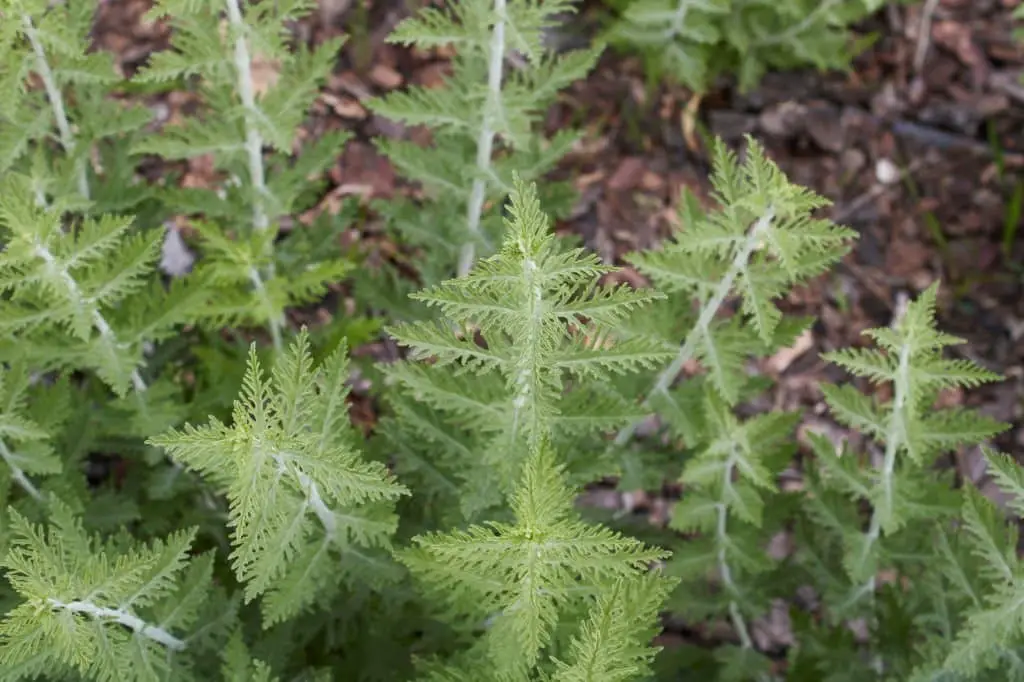
Russian sage is a member of the mint family, characterized by its needle-like leaves and blue or purple flowers. Native to Russia and Central Asia, it has since spread globally. This plant’s ornamental value makes it a popular choice for gardens, but it also boasts medicinal properties. The leaves can be used to brew a tea that alleviates stomach issues, while the flowers add a fragrant touch to potpourri arrangements.
Russian sage is a low-maintenance addition to any garden.
It thrives in full sun and well-drained soil, requiring minimal watering. Its drought tolerance and heat resilience make it an excellent selection for gardens in arid climates. Propagation can be achieved through seeds or cuttings, with self-seeding often occurring naturally.
Sagebrush (Artemisia tridentata).
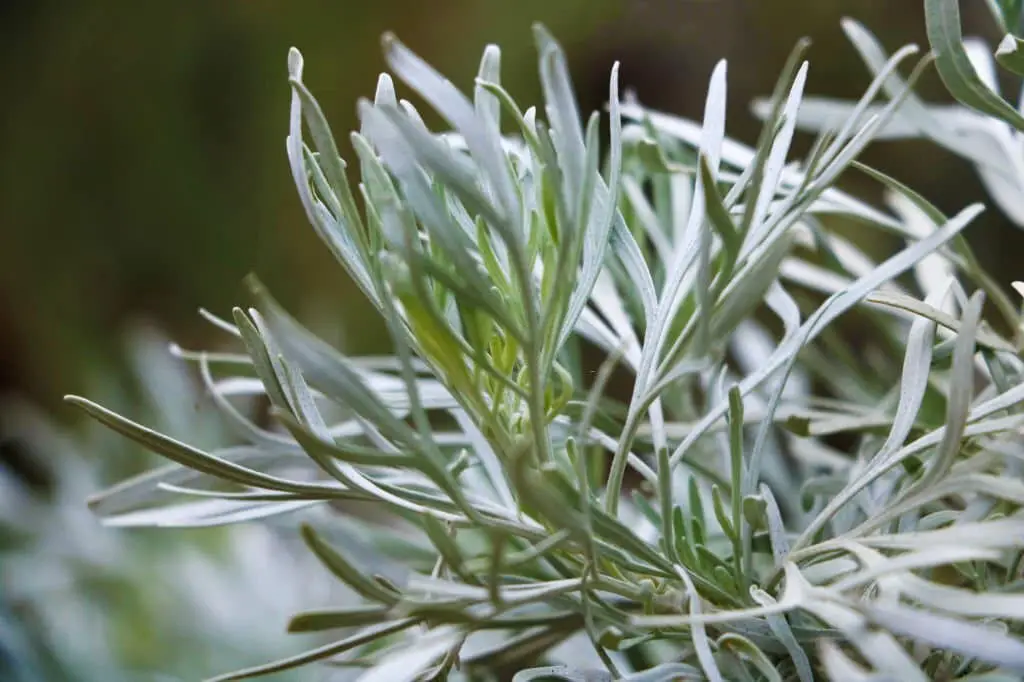
The sagebrush, also known as common sagebrush, great basin sagebrush, or simply sage, is a desert shrub that’s native to the western US and can reach heights of up to four feet. Its silver-green leaves are distinctive not only for their striking color but also for the strong, pungent aroma they emit. This versatile plant has been utilized across various spectrums – culinary, medicinal, and ceremonial – by indigenous communities for centuries.
As a member of the Asteraceae family and Artemisia genus, sagebrush’s significance extends beyond its cultural importance to its botanical classification. The leaves of this shrub have long been used to brew a tea believed to alleviate symptoms of colds, coughs, and indigestion. Additionally, Native Americans have traditionally burned sagebrush as a smudge or incense for various purposes. Today, the plant continues to be employed in modern contexts.
The leaves can still be used to create tea, while the herb is sometimes incorporated into smoked meats or utilized as a flavoring agent in beer brewing. Moreover, sagebrush remains an integral part of some traditional Native American ceremonies, underscoring its enduring cultural relevance.
Virginia Mountain Mint (Pycnanthemum virginianum).
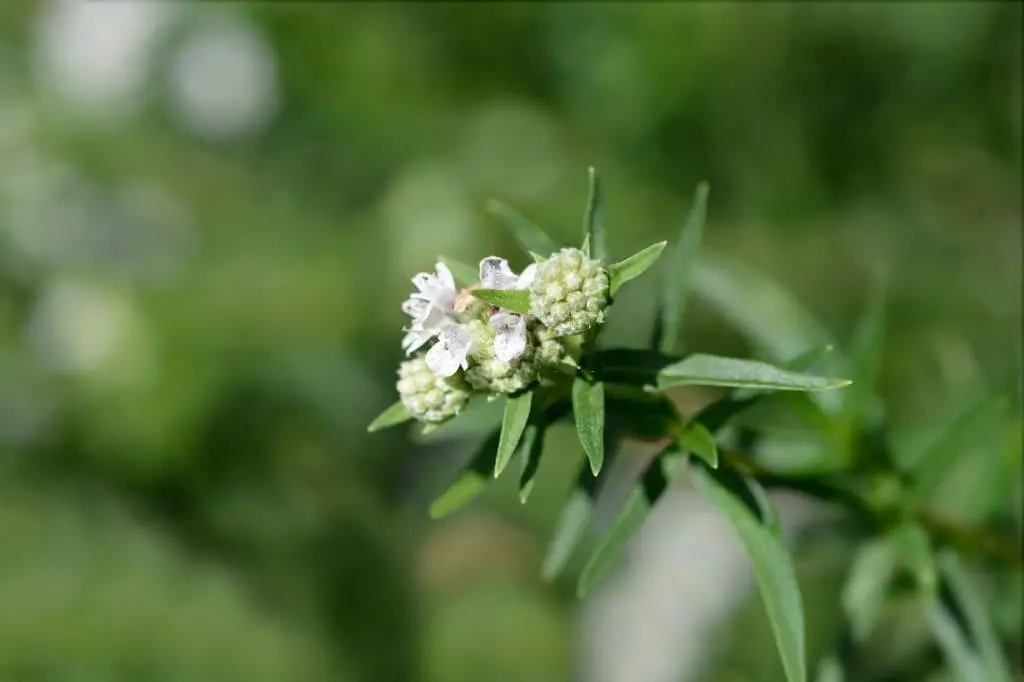
Virginia Mountain Mint is a perennial herb native to eastern North America, characterized by its 24-36 inch stature and fragrant flowers blooming in July and August. Its leaves bear a striking resemblance to those of Rosemary, with a similar appearance and scent. As a member of the mint family (Lamiaceae), this plant boasts a potent aroma reminiscent of peppermint, making it an ideal candidate for crafting teas with reported medicinal properties.
The leaves are said to treat colds, flu, and stomach issues when brewed into a soothing tea. Moreover, Virginia Mountain Mint is a popular choice for potpourris and sachets due to its captivating fragrance. While there are numerous plants that resemble Rosemary, this herb offers unique qualities and applications, making it an exciting discovery for those seeking alternatives or additions to their herbal repertoire.
Related Posts
To embark on a fulfilling career as a plant breeder, follow these step-by-step guidelines. Begin by gaining a solid foundation in botany and horticulture through formal education or online courses. Next, gain practical experience by interning at a botanical garden or nursery. As you progress, develop your skills in plant identification, propagation, and breeding techniques. Stay up-to-date with the latest research and innovations in the field by attending conferences and workshops.
Finally, consider earning a graduate degree to specialize in a particular area of plant breeding. In addition to these steps, cultivate strong communication and business skills to effectively market and sell your new plant varieties. With persistence and dedication, you can successfully establish yourself as a respected plant breeder.






